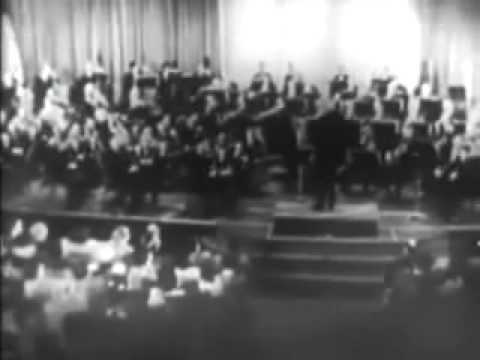

A Brief History Of The Kinescope…Historic Images & The Machine
A Brief History Of The Kinescope…Historic Images & The Machine
The first official use of the RCA Kinescope process was the week of June 21, 1948, at the Republican National Convention in Philadelphia. NBC affiliates not connected via coaxial cable or microwave would would receive the film, the next day via Rail Express.
As you will see in this video from NBC’s KNBH in Hollywood, testing had been done as early as 1938. I think this report was probably done in early 1949.
Also seen here, the kine recordings of the first broadcast using the RCA TK30 Image Orthicon cameras in June, 1946 at the Joe Lewis – Billy Conn rematch at Yankee Stadium. Near the end, we’ll get a look at RCA’s latest Kine in action. Videotape couldn’t come soon enough. – Bobby Ellerbee
Thanks….I really like this history.
Was the NBC Symphony in Studio 8H, now home of SNL?
So what was the first film chain like?
It would be nice to see the earlier kinescopes shown in this film digitized from the first generation films. It’s hard to tell whether some of the artifacts (like the anti-halos around the fighters’ heads) are video artifacts, or the result of sloppy multi-generation film duplication.
There’s this one reel of kinescope of NBC’s 1948 convention coverage floating around the internet and it’s fascinating. “Primitive” is an understatement; lots of technical glitches, wrong mikes potted up, etc. Does any more of that coverage exist anywhere, or the 1946 Lewis fight?
Mine was for the government they had 16mm projectors everywhere. Now I am sure the have updated. Lol
What made them look so “grainy?” As always Professor Ellerbee we will wait for your response…
We were making kinescope recordings at Trans American Video in 1972. This was to allow for electronic capture of “young Doctor Kildare” and subsequent post with film for MGMs editing staff. Sort of backwards from big time film production today.
I actually ran a kiniscope machine. Was always covered in developer. Temperature was always a problem. Hard to keep constant.